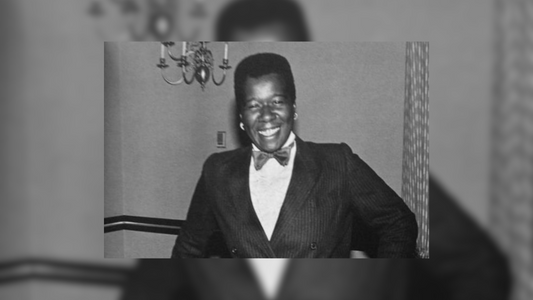When we think about the office of the Vice President of the United States, it's easy to focus on their role as the second-in-command, ready to step in should the President be unable to fulfill their duties. However, the Vice President plays a much more dynamic role in shaping national policy, particularly when it comes to protecting human rights. Through leadership in key programs and committees, the Vice President helps ensure that the U.S. remains a steadfast advocate for the rights and freedoms of all its citizens.
The Constitutional Role of the Vice President
The Vice President's constitutional duties are relatively limited. The most prominent is serving as the President of the Senate, where they can cast a tie-breaking vote. Additionally, the Vice President is first in the line of succession to the presidency. Beyond these formal responsibilities, the Vice President's influence largely depends on the scope of authority granted by the President and their involvement in various policy areas.
The Vice President as a Policy Shaper
Modern Vice Presidents often take on significant policy portfolios, working closely with the President to advance key initiatives. They may lead or be a prominent figure in various committees, task forces, and advisory groups, focusing on issues ranging from economic policy to national security. Importantly, the Vice President often plays a crucial role in shaping and promoting human rights initiatives, both domestically and internationally.
Shaping Human Rights Programs and Committees
- Leadership in Human Rights Initiatives:
- The Vice President frequently leads efforts to advance human rights by shaping the administration's stance on issues such as civil rights, voting rights, LGBTQ+ rights, and more.
- They may spearhead initiatives to combat systemic inequalities, working with federal agencies, civil society organizations, and international partners to promote human dignity and justice.
- Advocacy in Legislative Processes:
- Through their role in the Senate, the Vice President can influence the passage of legislation that protects and expands human rights. Their tie-breaking vote can be decisive in enacting laws that address discrimination, protect civil liberties, and ensure equal access to justice.
- Chairing or Participating in Key Committees:
- The Vice President may chair or participate in committees that focus on human rights issues. These can include interagency groups that coordinate federal responses to human trafficking, domestic violence, and civil rights enforcement.
- By leading these committees, the Vice President can drive policy development, ensuring that human rights remain a priority in the administration's agenda.
- International Human Rights Advocacy:
- The Vice President often represents the United States on the global stage, advocating for human rights in international forums. Whether through diplomacy, participation in international organizations, or bilateral engagements, the Vice President plays a key role in promoting human rights worldwide.
- They may also support the enforcement of international human rights agreements and treaties, working with allies to hold violators accountable.
- Engaging with Advocacy Groups and the Public:
- The Vice President often engages with human rights organizations, advocacy groups, and the public to gather insights and support for policies aimed at protecting human rights. These engagements help build coalitions and mobilize public opinion in favor of critical human rights initiatives.
- Through town halls, speeches, and public appearances, the Vice President can raise awareness about human rights issues, encouraging civic participation and grassroots advocacy.
Recent Examples of Vice Presidential Leadership in Human Rights
In recent administrations, Vice Presidents have taken active roles in human rights advocacy:
- Joe Biden (under President Obama) played a crucial role in advancing LGBTQ+ rights, including supporting marriage equality and advocating for the repeal of "Don't Ask, Don't Tell."
- Kamala Harris has been a vocal advocate for voting rights, leading the administration's efforts to protect and expand access to the ballot box amidst widespread concerns about voter suppression.
Conclusion
The Vice President of the United States is far more than a backup to the President. They are a powerful policy influencer and a key figure in shaping and advancing human rights programs and committees. Through their leadership, advocacy, and legislative influence, the Vice President helps ensure that the principles of justice, equality, and dignity are upheld for all citizens. In a world where human rights are constantly challenged, the role of the Vice President in protecting these rights is both vital and indispensable.




